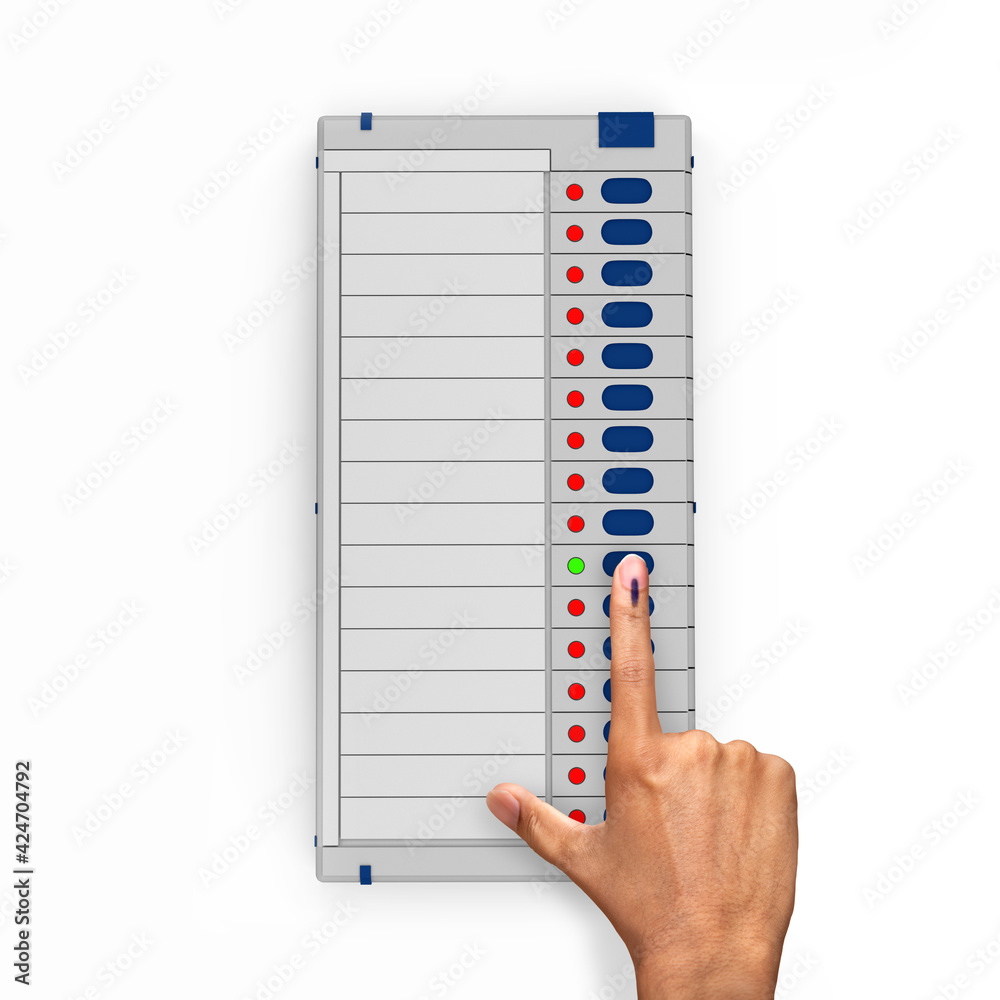Richard Sanders, Kaoshiung, Taiwan
The Pacific Islands, characterized by their vast ocean expanses and scattered geography, face unique challenges in the electoral process. With many islands being remote and accessible only by boat or plane, traditional voting methods often lead to logistical nightmares. Voter turnout can be influenced by the difficulty of reaching polling stations, while concerns about the secure handling of ballots threaten the integrity of elections. This scenario calls for innovative solutions, and voting machines present a viable option to enhance the electoral process in these regions.
Challenges in the Pacific Islands
- Geographical Barriers: Many Pacific Island nations have small populations spread across numerous islands. This geographical dispersion can result in significant delays in ballot distribution and collection. In some cases, voters may have to travel long distances to cast their votes, which can discourage participation.
- Security Concerns: The manual handling of ballots raises issues of security and potential tampering. In areas where trust in the electoral process is already fragile, the risk of ballot mismanagement can further erode public confidence.
- Resource Limitations: Many Pacific Island nations operate with limited resources, making it difficult to implement robust electoral systems. This can lead to inadequate training for election officials and insufficient infrastructure to support a secure and efficient voting process.
Learning from the Philippines
The Philippines presents a similar case study, where geographical and logistical challenges have prompted the embrace of technology in elections. The country, with a diverse archipelago of over 7,000 islands, has faced significant issues with voter access and ballot security. In response, the Philippine government has adopted electronic voting machines (EVMs) to improve the electoral process.
In the upcoming national elections, the Philippines is set to utilize Korean-made voting machines, which represent a significant investment in electoral technology. These machines are designed to streamline the voting process, reduce the risk of human error, and enhance the security of ballot handling.
The Benefits of Voting Machines
- Increased Accessibility: Voting machines can be deployed in various locations, allowing for more accessible voting options. They can be set up in community centers or other accessible locations, reducing the need for voters to travel long distances.
- Enhanced Security: Electronic voting machines are equipped with advanced security features, such as encrypted data storage and secure transmission protocols. This minimizes the risk of tampering and ensures that votes are counted accurately.
- Efficiency in Vote Counting: Voting machines can significantly expedite the vote counting process, providing quicker results and reducing the potential for disputes over ballot counts. This efficiency is particularly important in remote areas where communication can be slow.
- Voter Education and Engagement: The introduction of voting machines can also serve as an opportunity for voter education. As citizens become more familiar with technology, they may be more inclined to participate in the electoral process.
As the Pacific Islands grapple with the complexities of conducting fair and secure elections in remote areas, the adoption of voting machines emerges as a compelling solution. By learning from the experiences of countries like the Philippines, which have successfully integrated technology into their electoral processes, Pacific Island nations can enhance accessibility, security, and efficiency in their elections. Embracing such innovations will not only strengthen democratic practices but also reinforce public trust in the electoral process, ultimately fostering a more engaged and informed citizenry.
In a world that increasingly relies on technology for everyday tasks, it is essential that the electoral systems of even the most remote regions keep pace, ensuring that every voice is heard and counted.


